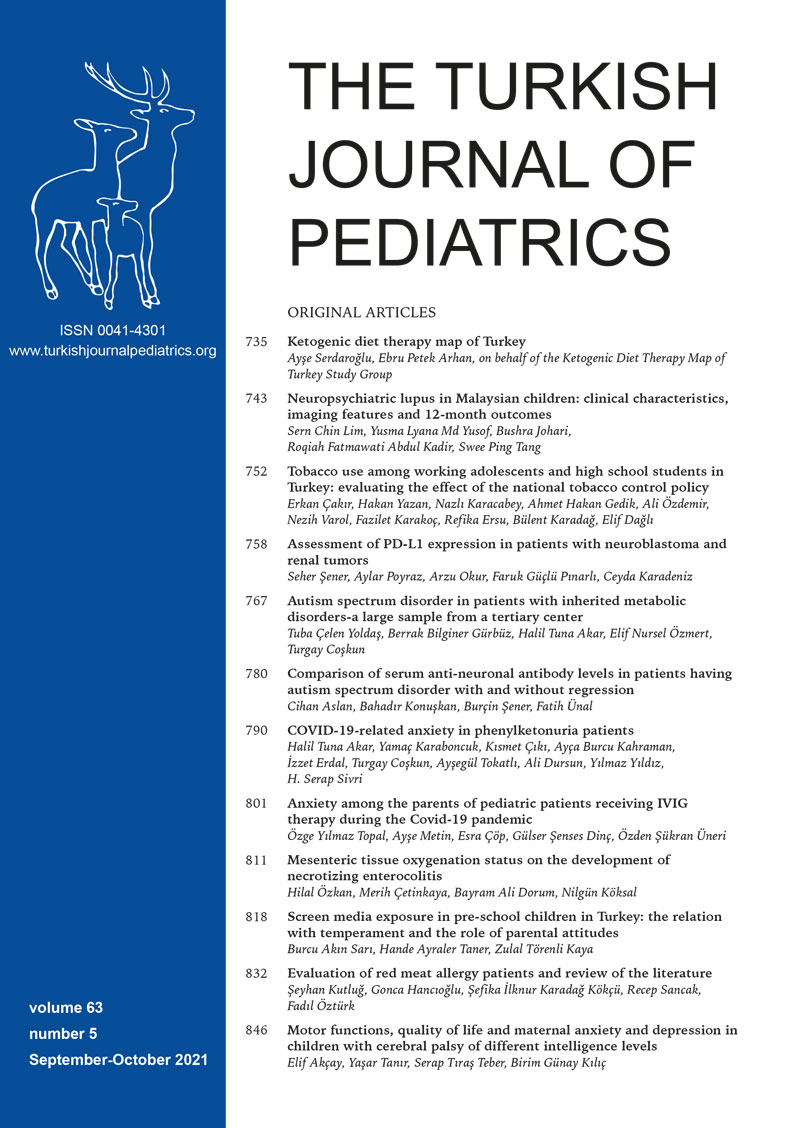Abstract
Background. Preeclampsia is a pregnancy-specific syndrome associated with increased perinatal mortality characterized by hypertension and proteinuria. An increasing number of studies have been published on the effect of preeclampsia on neonatal morbidities. However, there is no study regarding the possible effect of preeclampsia on amniotic fluid pH and electrolytes. The aim of this study was to determine the possible role of amniotic fluid pH and electrolytes for the prediction of and/or association with preeclampsia and neonatal morbidities.
Methods. This was a prospective, case-control study. During cesarean section (C/S), 1 ml of amniotic fluid was aspirated before incision of membranes. Amniotic fluid pH and electrolytes were analyzed by blood gas machine and biochemistry laboratory concurrently. Maternal and neonatal demographic features and clinical outcomes, presence of respiratory morbidities were all recorded.
Results. Amniotic fluid pH, sodium and gestational age were found to be independent risk factors for preeclampsia. Subgroup analysis revealed that in early onset preeclampsia group mechanical ventilation duration, duration of 02 therapy, sepsis and intrauterine growth retardation (IUGR) were higher than infants in control group born before 32 gestational weeks. Also, in the early onset preeclampsia group pH and potassium were higher compared with the control group.
Conclusions. To the best of our knowledge, this is the first study that reported the value of amniotic fluid electrolyte analysis for the prediction of preeclampsia and neonatal morbidities in term and preterm infants. However, more studies including a larger number of infants are required to confirm the role of amniotic fluid analysis to predict preeclampsia and/or neonatal morbidities.
Keywords: amniotic fluid, electrolytes, neonatal morbidities, pH, preeclampsia
Copyright and license
Copyright © 2021 The Author(s). This is an open access article distributed under the Creative Commons Attribution License (CC BY), which permits unrestricted use, distribution, and reproduction in any medium or format, provided the original work is properly cited.














